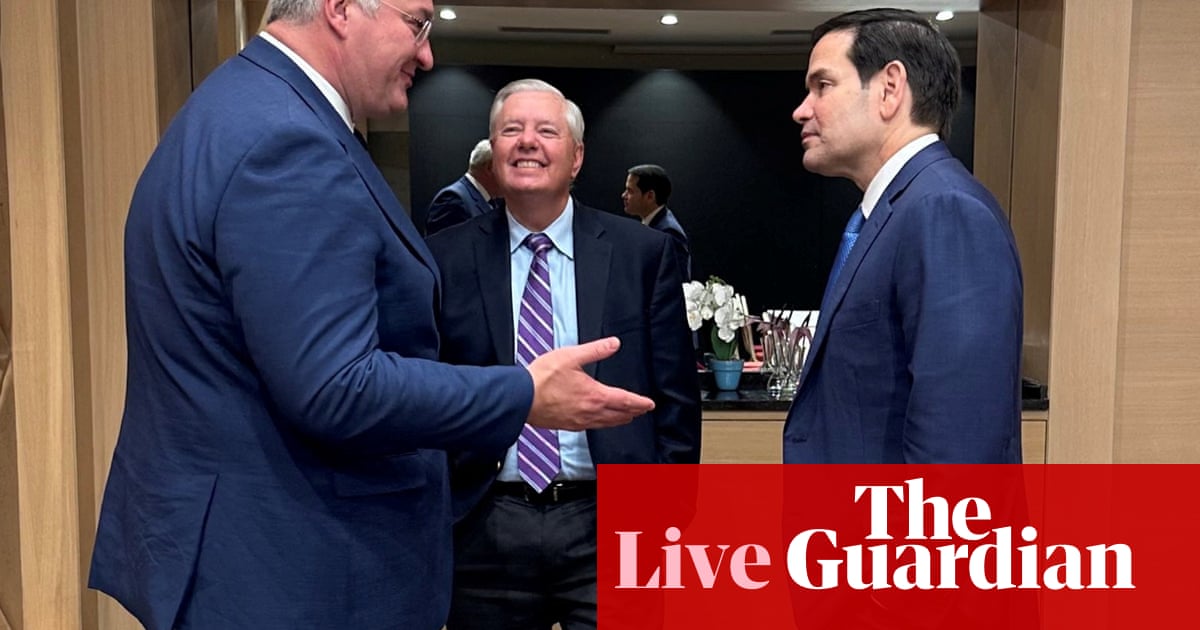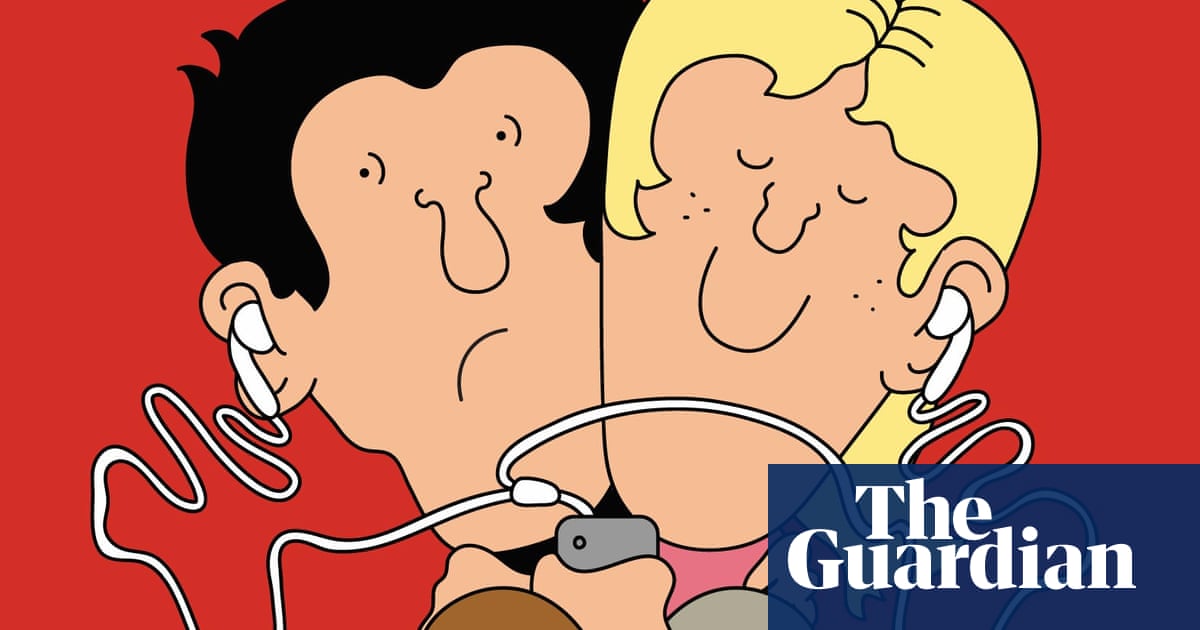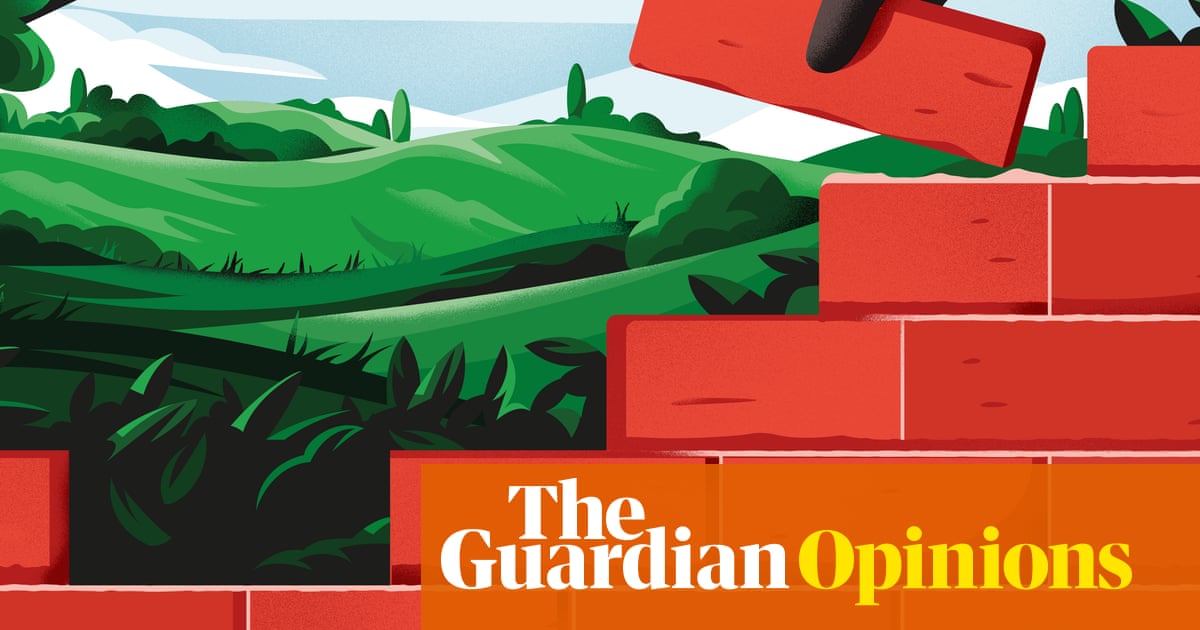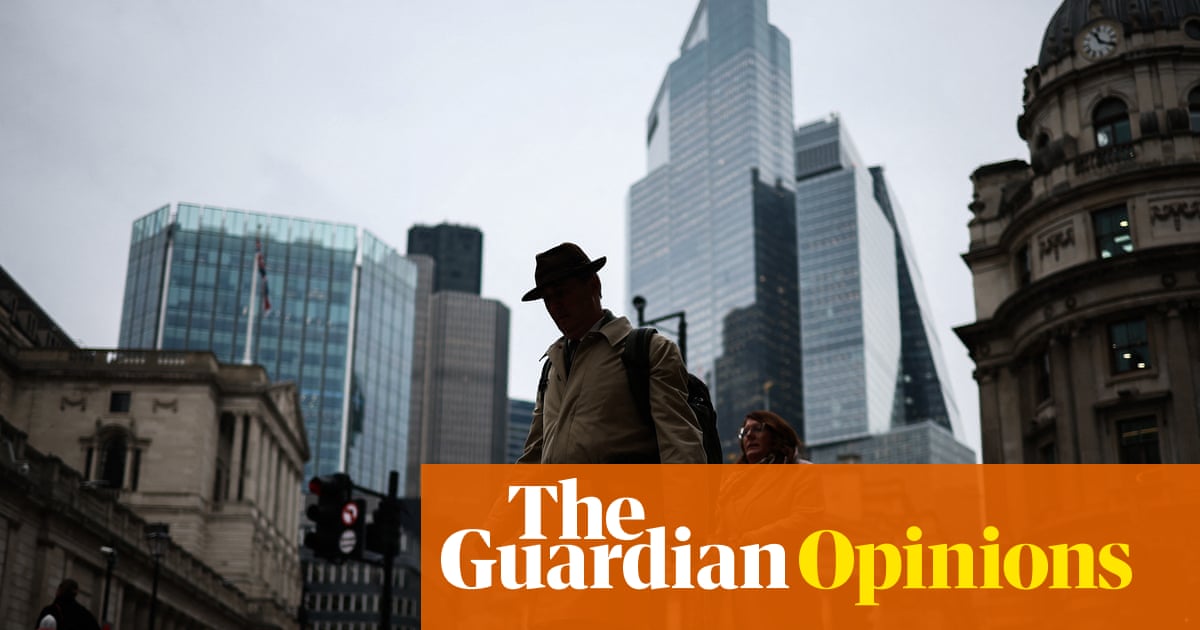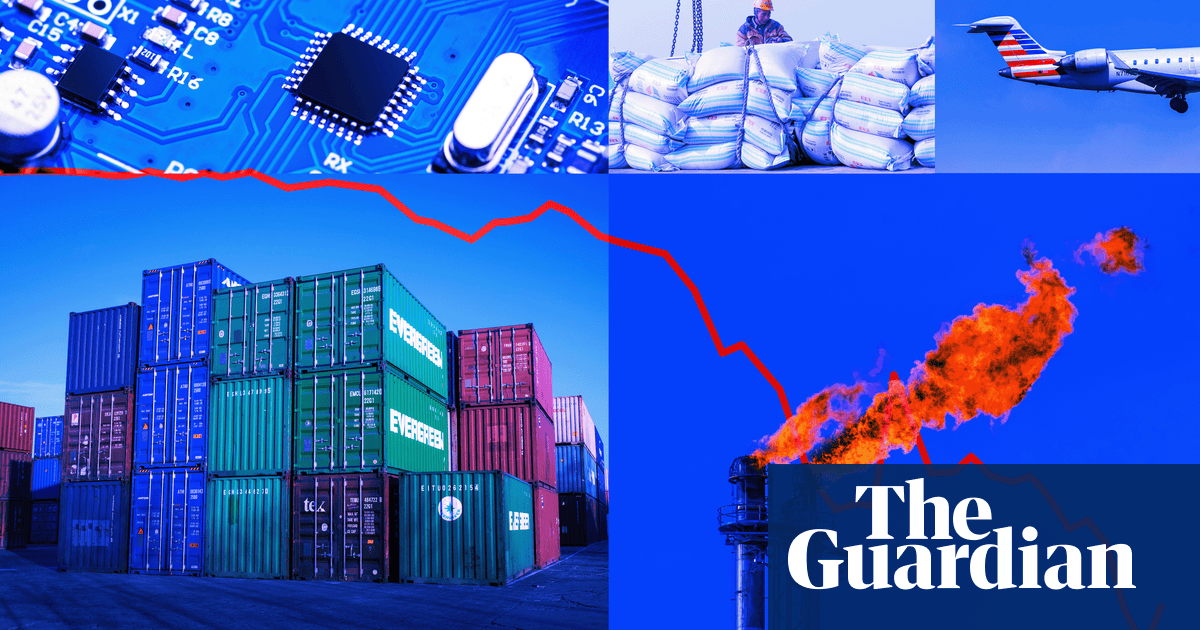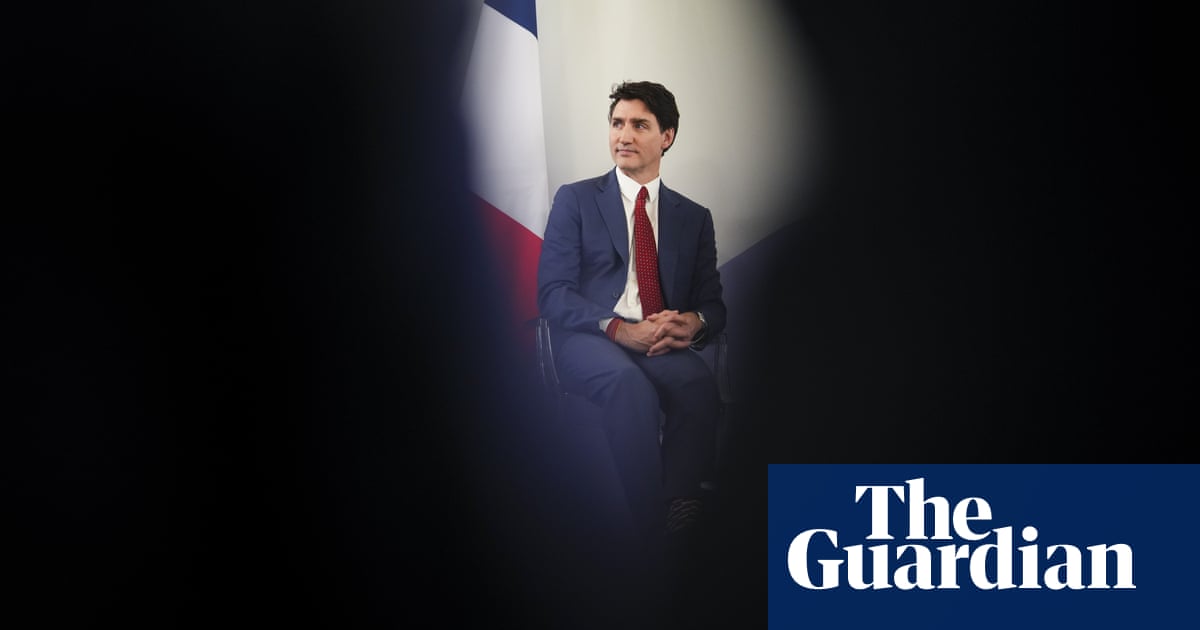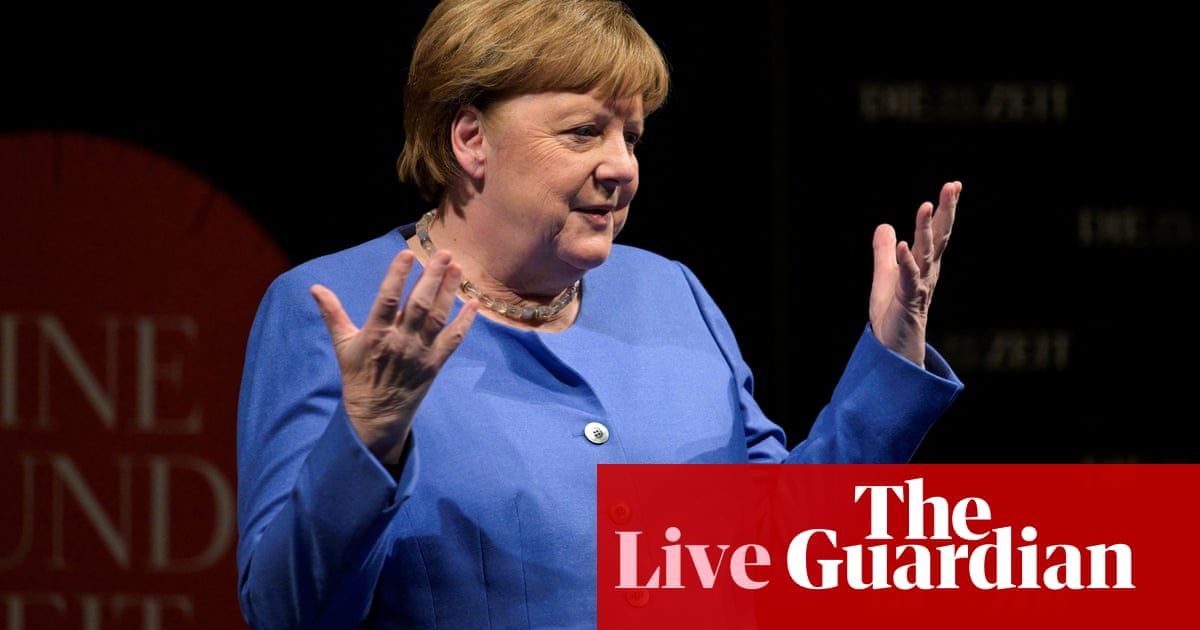From world leaders, to the tiniest manufacturers thousands of miles away Washington, decision-makers across the global economy are racked with uncertainty as they scramble to come to terms with Donald Trump’s historic tariffs.
Experts are all but unanimous that the impact on global growth of Wednesday’s extraordinary Rose Garden press conference will be negative – but just how bad remains highly uncertain.
“In economic terms, it makes no sense at all,” said Jordi Gual, the former chair of CaixaBank, Spain’s largest domestic lender, who is now an economics professor at IESE business school in Barcelona. “It is hugely problematic, because we go back to a level we hadn’t seen since the 1930s.”
Trump’s announcement that he would impose tariffs of 10% to almost 50% on the US’s largest trading partners – including a 34% additional border tax on Chinese imports and a 10% levy on the UK – was designed to encourage multinational companies to relocate their factories, jobs and supply chains to the US.
The president promised it would usher in a new “golden age”, but financial markets responded with a jarring two-day sell-off, underlining the potential risks of such an unprecedented policy, which is expected to increase prices in the US, and weaken growth worldwide.
The aggregate effects will depend on several factors, including how successful governments are in negotiating carve-outs from the tariffs; and how the US currency responds.
Typically, economists would predict that the dollar would strengthen as a result of the tariff spree, cushioning the impact on US consumers in terms of higher prices – but the greenback has weakened on foreign exchange markets since Trump’s announcement.
That could exacerbate the situation by unleashing even more inflation than is already likely from higher import taxes, and complicating the task of the Federal Reserve in battling any slowdown in growth. The US central bank may be reluctant to cut rates in the face of rocketing prices.
“The ability of monetary policy to be the shock absorber may be more limited now because of the price impact of tariffs, and the stickiness of inflation,” said Gerard Lyons, the chief economist strategist at Netwealth.
The scope for spending policy to offset any potential slowdown – with tax cuts to boost demand, for example – also looks constrained inside and outside the US, with many countries already struggling with the debt hangover from Covid.
Another important factor driving the scale of the hit to growth is how aggressively US economic rivals hit back, with tit-for-tat tariffs likely to make a bad situation worse.
Part of the answer emerged on Friday, when Beijing announced that instead of a forensically targeted response, it would simply slap 34% tariffs on all US imports. Markets plunged.
Researchers at the Oxford Economics consultancy predicted Trump’s measures could knock global GDP growth to below 2% this year, the weakest rate since the 2008 financial crisis, excluding the pandemic.
After global growth of 3.2% in 2024, such an outcome would mark a significant decline, but would fall short of a global recession – which economists view as GDP growth falling short of the 0.9% rate of world population growth.
Suggestions that the entire global trading system will be brought to a halt look wide of the mark, however. Although the US has lengthy supply chains stretching into vital overseas markets, trade still stands as a relatively small proportion of its overall $30tn economy; and as much as 80% of global trade in goods does not directly touch the US, according to research from the Boston Consulting Group.
“Although we’re focused on the US being the largest economy, and the largest importer, things have changed from 10, 20, 30 years ago,” said Butler. “If you compare this with going back to the early 1970s, when Nixon took the dollar off the gold standard and imposed a temporary 10% tariff on trade, the US was vastly more important then.”
The impact on countries will vary significantly, depending on the level of tariffs they face, and how reliant they are on exports to the US, and on trade more broadly.
after newsletter promotion
Analysts at the Capital Economics consultancy reckon EU growth may be 0.25% lower as a result of the 20% levy its exports face, and Chinese growth perhaps 0.75% lower, for example.
They suggest the UK, which was not in Trump’s sights because it does not have a major trade surplus with the US and so faces the minimum 10% tariff, will not be among the worst hit.
“In the UK, the effect on growth is still a rounding error: it’s 0.1%,” said Capital’s chief economist, Neil Shearing. “It hits exporters in particular sectors – but it doesn’t necessarily hit the UK economy as a whole.”
For some economies in the global south facing eye-wateringly high tariffs, however, and with little negotiating power, the effects could be devastating. Cambodia faces 49% tariffs, Laos 48% and Vietnam 46%.
Back on Trump’s doorstep, in the medium term, experts say a radically more protectionist US is likely to be less competitive and more expensive – and may encourage other economies to forge deeper trading links between each other.

“You have a doughnut, where the US is an island surrounded by tariffs of 10-60%, while the rest of the world goes its own way,” says Creon Butler, who leads the global economy and finance programme at Chatham House, in London.
“Look at how the Soviet Union performed in a state of autarky [economic isolationism]. If you do have this US island economy, you will have poorer quality, more expensive products, and international supply chains going elsewhere.”
Economists fret that in the immediate future uncertainty itself is having a dampening effect – which could end up as damaging as the tariff policy itself.
Gual said: “Some people argue he’s playing the madman strategy. Or some sort of random behaviour so that rivals, enemies, cannot anticipate his next move. Maybe that in geopolitics has some role. But in economics that increases the level of uncertainty and it is not supportive of economic growth and financial stability.”
How many thousands of individual businesses and consumers respond in the coming days and weeks, will be critical in determining the impact of “liberation day”. Do multinationals rapidly reshape their supply chains or hold back from investment while they wait to see if Trump changes his mind? And does the US consumer keep on spending, or balk against rising prices?
As Shearing said: “The issue is that not only is it, where does the tariff policy land, but the range of different outcomes is extremely wide.
“As economists, we don’t have the tools to deal with the human side of economics – and there really are no historical parallels.”

 1 month ago
29
1 month ago
29
